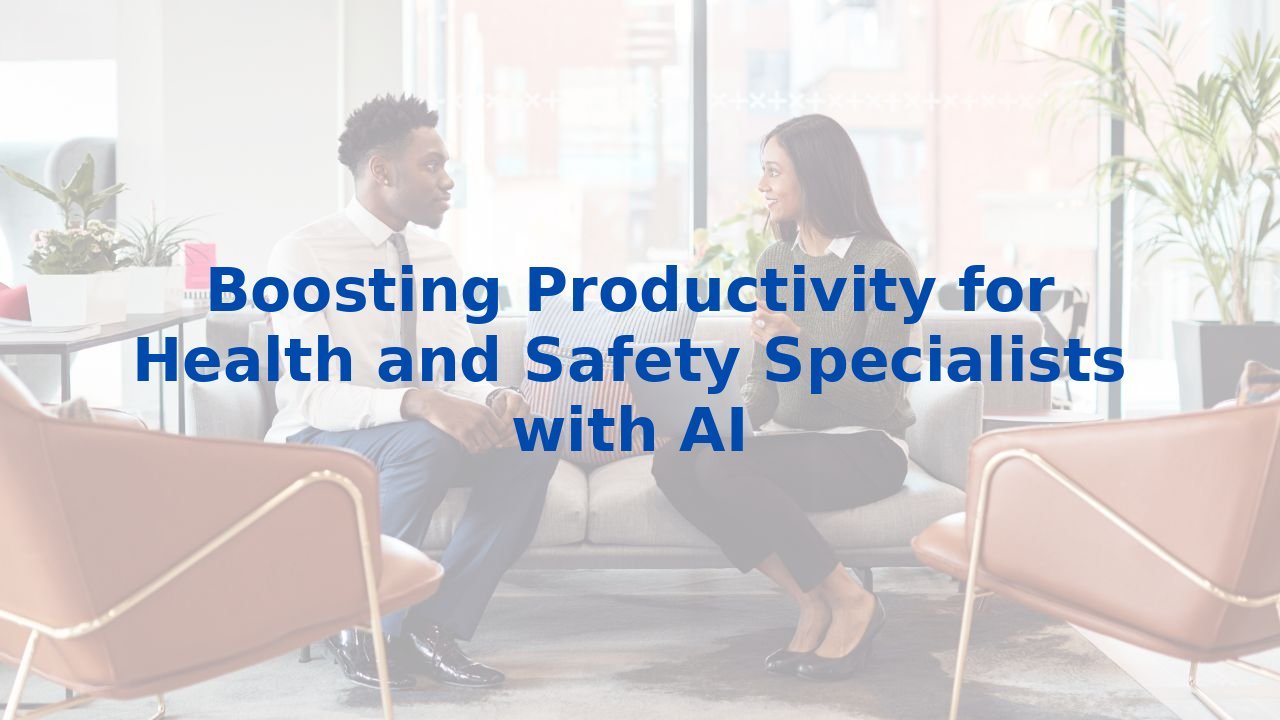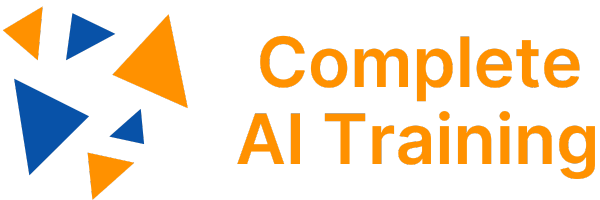Boosting Productivity for Health and Safety Specialists with AI
Unlocking New Levels of Efficiency
The rapid development of artificial intelligence offers an array of productivity enhancements across various sectors, and health and safety is no exception. AI tools, particularly ChatGPT, present a unique opportunity for Health and Safety Specialists to streamline their processes, automate mundane tasks, and optimize decision-making. By integrating AI into their workflows, these professionals can substantially increase their efficiency, reduce error rates, and focus more on strategic tasks that require human insight.
How Health and Safety Specialists can Use ChatGPT
1. Procedure and Policy Drafting
ChatGPT can assist in drafting comprehensive safety procedures and policies. By inputting the necessary guidelines and requirements, ChatGPT can help structure them into a formal document, ensuring that no key points are overlooked. This can save hours otherwise spent on manual writing.
2. Risk Assessment Reports
Generating risk assessment reports is another task where ChatGPT can be invaluable. By feeding it data and specific incident details, the AI can draft well-organized, clear, and coherent reports that can be used immediately or with minimal edits. This ensures timely reporting without compromising quality.
3. Training Materials and Guides
Creating training manuals and guides can be time-consuming. ChatGPT can help by rapidly generating initial drafts based on provided input, which can then be customized according to specific needs. This tool can also assist in updating existing documents, ensuring that all materials reflect the latest safety standards and practices.
Effective Prompts for Health and Safety Specialists Using ChatGPT
To make the most out of ChatGPT, it's essential to use precise and effective prompts. Here are a couple of examples:
1. Drafting Policies
Prompt: "Create a workplace safety policy for a manufacturing plant that addresses machinery operation, personal protective equipment (PPE), and emergency evacuation procedures."
2. Risk Assessments
Prompt: "Generate a risk assessment report for a new construction project, detailing potential hazards, their impact, likelihood, and recommended mitigation measures."
3. Developing Training Programs
Prompt: "Outline a training program for new employees in a healthcare setting, focusing on infection control, emergency response, and medical equipment safety."
Other AI Tools Beneficial to Health and Safety Specialists
1. IBM Watson
IBM Watson can analyze vast amounts of data to identify trends and provide insights that can help predict potential safety issues before they arise. This predictive capability allows for proactive measures, rather than just reactive ones.
2. SparkCognition's Darwin
SparkCognition's Darwin is another powerful AI tool that uses machine learning to analyze and improve health and safety processes. It can detect anomalies and predict when equipment might fail, allowing for preventive maintenance and reducing downtime.
3. SafetyCulture iAuditor
iAuditor is a mobile-first application designed for safety inspections and audits. It streamlines the process of conducting inspections, capturing data, and generating reports. The AI-driven analytics can also identify areas that need improvement or pose potential risks.
AI's Future Impact on Health and Safety
The future holds even more promise with advancements in AI for health and safety. Future applications may include:
1. Real-time Hazard Detection
Wearable technology integrated with AI can provide real-time hazard detection and alert systems. These wearables can monitor environmental conditions and worker vitals, providing instant feedback and emergency responses.
2. AI-Powered Simulation Training
Virtual reality (VR) combined with AI can offer immersive, interactive training scenarios. These AI-powered simulations can adapt to the user's responses, providing personalized training that is more effective and engaging than traditional methods.
3. Automated Compliance Verification
AI can ensure continuous compliance with health and safety regulations by automating the verification processes. By constantly monitoring operations and cross-referencing them with regulatory criteria, AI can detect and flag non-compliance issues instantly.
The Importance of Learning AI for Health and Safety Specialists
The integration of AI into health and safety practices isn't just a trend—it's an imperative for remaining competitive in the industry. Specialists who leverage AI tools are equipped to handle more tasks efficiently, providing higher value to their organizations. The adage "AI won't take your job, but someone who uses AI will" rings particularly true here.
By adapting to these technologies, Health and Safety Specialists can remain relevant, improve their productivity, and create a safer and more compliant workplace. The ability to automate routine tasks allows more time to focus on strategic planning and high-level decision-making, leading to improved work outcomes and potentially higher earnings.
In the rapidly evolving workplace, mastering AI tools will be a critical skill, ensuring not just survival but also thriving in one's career. The potential to contribute significantly to an organization's safety culture can lead to more career advancement opportunities and professional growth.
Are you looking for over 15 different ways Health and Safety Specialists can use AI, 1000s of additional prompts to support you with your work, video training, and more? Complete AI Training supports Health and Safety Specialists to learn AI and to always be up to date on AI. Visit Complete AI Training.
Also, refer to our book that's available on Amazon Kindle: Kindle Version and Amazon Paperback: Paperback Version.



